Gerry Meininger is an Emeritus Professor at the Dalton Cardiovascular Research Centre at the University of Missouri and gives lectures all over the world. His talk on General George Armstrong Custer however is his first on a subject totally unconnected to his specialised medical knowledge. Gerry is also a member of Stumperlowe Probus Club.
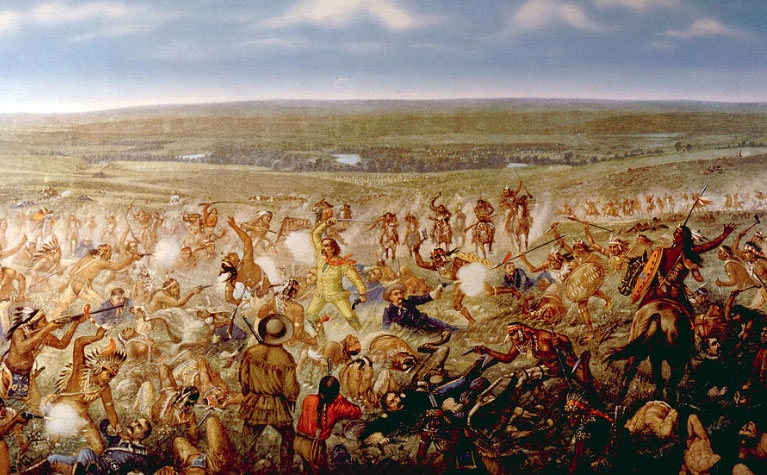
The myth
In December 1839, Custer was born in New Rumley, Ohio, to Emanuel Henry Custer (1806–1892), a farmer and blacksmith, and his second wife, Marie Ward Kirkpatrick (1807–1882), who was of English and Scots-Irish descent. After leaving school he gained a teaching qualification but soon found the life of a teacher was not for him. He had an eye for the daughter of the owner of the Holland Boarding House and Mr Holland did not approve. To apply for entry to West Point for officer training, the recommendation of a high-ranking member of society is needed. Mr Holland agreed to enlist the help of a Senator as a way of getting Custer relocated several hundred miles away from his daughter at West Point.
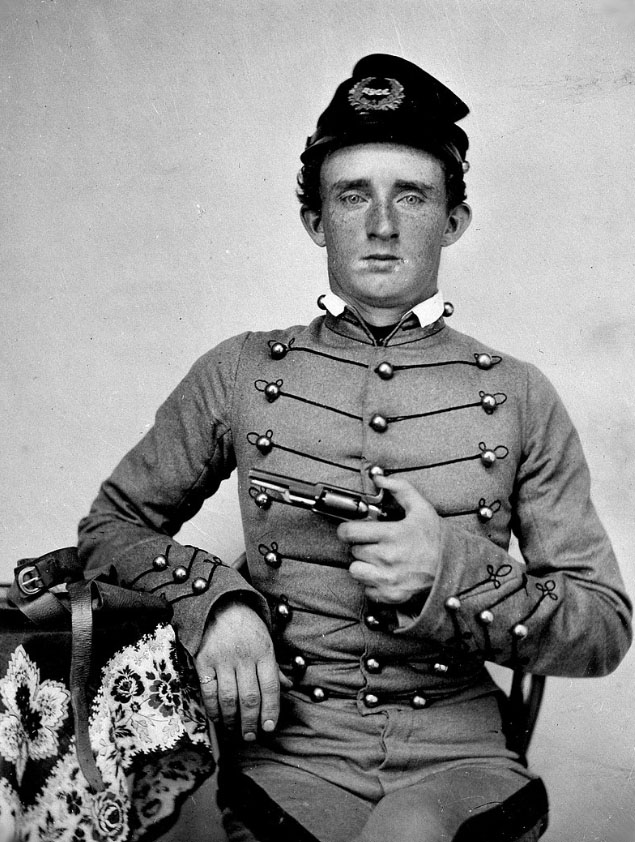
The cadet in 1859
Custer was a particularly poor student; he was bottom of his class and just scraped through graduation in 1861. It was the start of the Civil War and trained officers were in demand. He was an able cavalry leader and was promoted to brigadier general of volunteers at the age of 23. After the war, he was commissioned as a lieutenant colonel in the Regular Army and was sent to fight in the Indian Wars leading the newly formed 7th Cavalry Regiment.
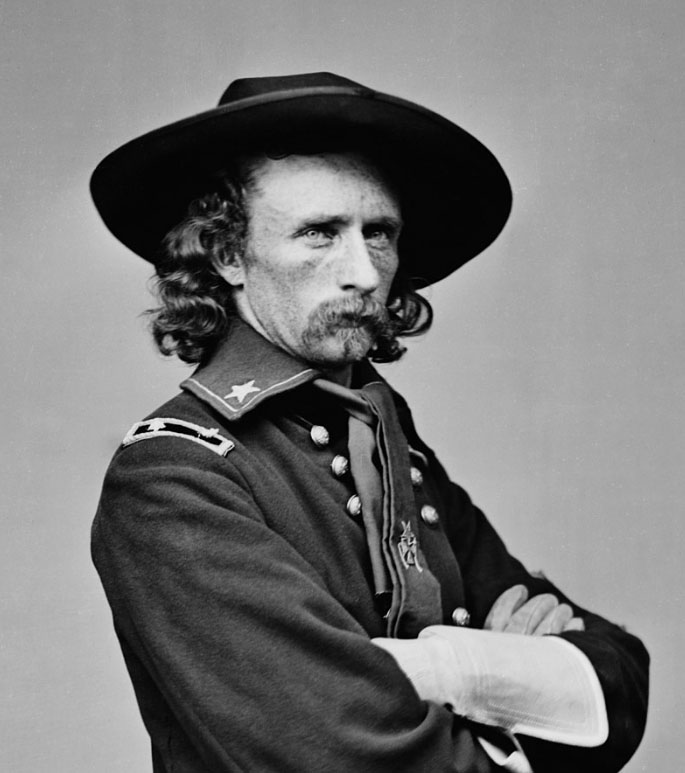
Custer in field uniform 1861-65
In 1875, the Grant administration attempted to buy the Black Hills region from the Sioux. When the Sioux refused to sell, they were ordered to report to reservations by the end of January, 1876. Mid-winter conditions made it impossible for them to comply. The administration labelled them “hostiles” and tasked the Army with bringing them in. Custer was to command an expedition planned for the spring, part of a three-pronged campaign. While Custer’s expedition marched west from North Dakota, troops under Colonel John Gibbon were to march east from Montana, while a force under General George Crook was to march north from Wyoming.
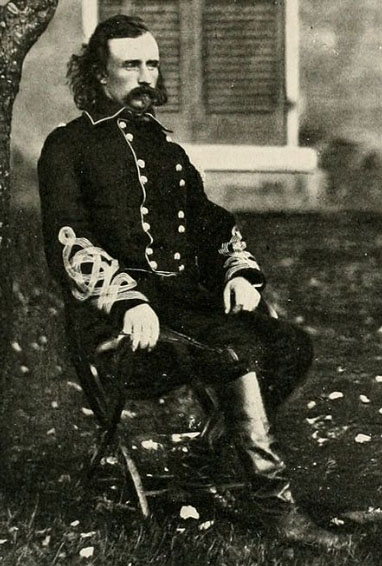
Custer aged 24
The Hunkpapa Lakota holy man Sitting Bull had called together the largest ever gathering of Plains Indians at Ash Creek, Montana (later moved to the Little Bighorn River) to discuss what to do about the whites. There were about 10,000 Indians including up to three thousand trained warriors with modern repeating rifles. Their camp stretched for 3 miles by the side of the Rosebud River.
The 7th Cavalry had 718 men and 31 officers. Most of the men were enlisted within the last 7 months and had little training. Their rifles were an older slower repeating type. The Companies underestimated the size of the Indian force; this resulted in the three forces not converging for the battle. After riding all night looking for a fording point to cross the river and engage the enemy; tired and thirsty Custer found a crossing used by bison. Custer led the charge and was shot in the head probably near the far bank of the river. The force fought its way up the hillside towards the encampment where it was totally wiped out by the superior Indian force. As a result, The Battle of the Little Bighorn has become known as “Custer’s Last Stand”. The image of Cutler standing on the hillside with all his men cut down around him may have artistic license.
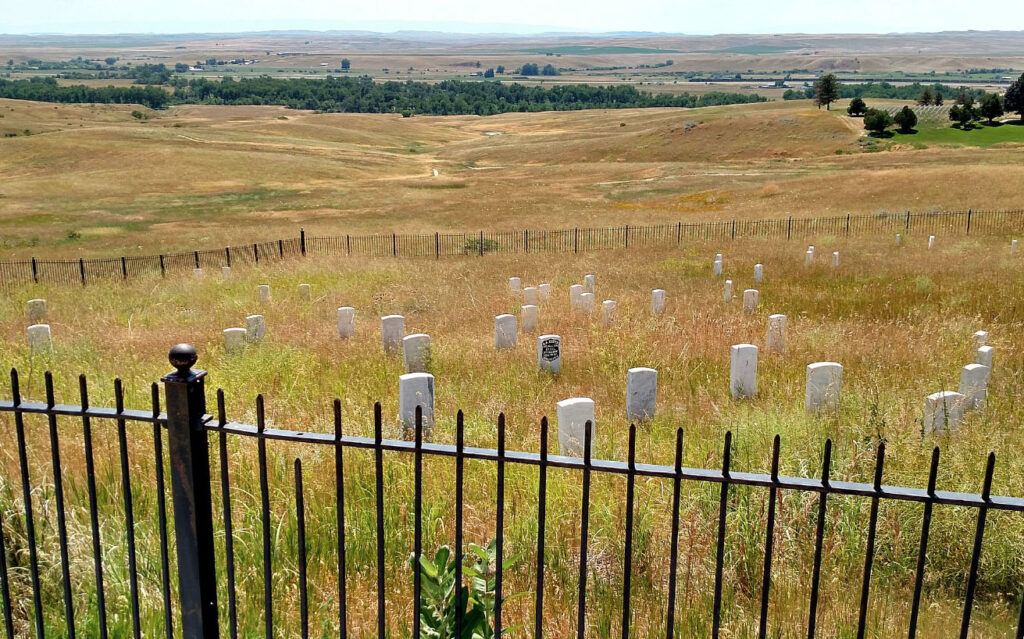
Custer’s grave
This is a totally absorbing and enlightening talk about a time not so remote from our own when Winston Churchill was a young boy.
